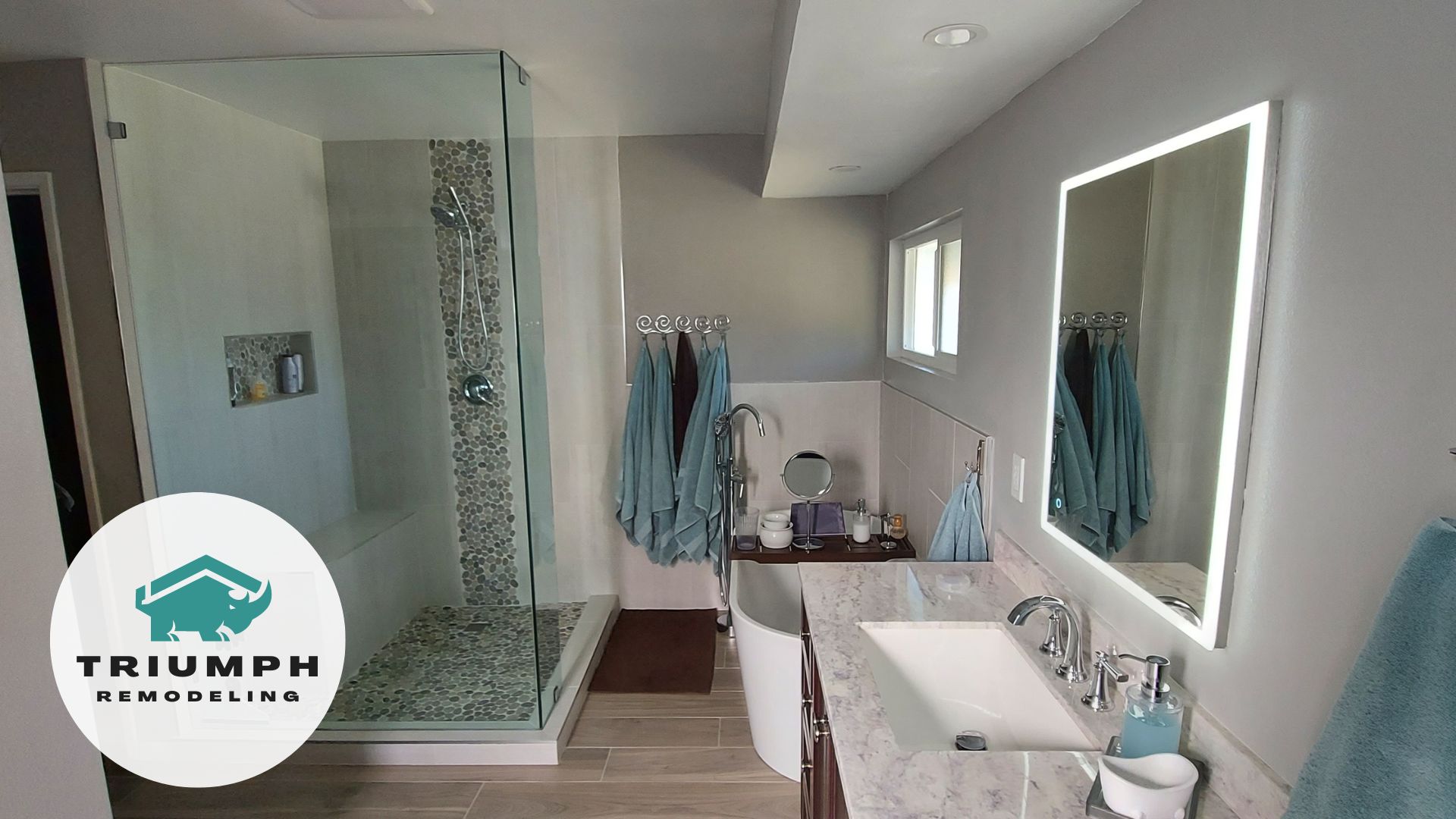What to Keep in Mind When Remodeling a Bathroom?
Remodeling a bathroom is a significant home improvement project that can greatly enhance the functionality and aesthetics of one of the most important spaces in your home.
Whether you’re looking to create a spa-like retreat, improve accessibility, or simply update the look, there are several key factors to consider to ensure a successful Bathroom Remodel. Here’s a comprehensive guide on what to keep in mind when embarking on this journey.
1. Budget Planning
Before diving into a bathroom remodel, it’s crucial to establish a clear budget. Bathroom renovations can vary widely in cost, depending on the extent of the changes, the quality of materials, and labor costs. Begin by determining how much you’re willing to spend and allocate your budget to different aspects of the remodel, such as fixtures, flooring, lighting, and labor. Always factor in a contingency fund of around 10-15% for unexpected expenses that may arise during the project.
2. Design and Layout Considerations
The design and layout of your bathroom will significantly impact both the functionality and aesthetics of the space. Start by assessing the current layout and determining whether it meets your needs or if changes are necessary. Consider the flow of the room, the placement of fixtures, and the overall space utilization. If you’re working with a small bathroom, optimizing space is key. Think about how to incorporate storage, ensure adequate lighting, and make the room feel larger.
It’s also important to choose a design style that complements the rest of your home. Whether you prefer a modern, minimalist look or a more traditional, classic style, make sure your design choices are cohesive and timeless to avoid the need for frequent updates.
3. Choosing the Right Materials
The materials you choose for your bathroom remodel will affect both the look and durability of the space. Bathrooms are exposed to high levels of moisture, so it’s essential to select materials that can withstand humidity and frequent use. For flooring, consider water-resistant options like porcelain or ceramic tile, vinyl, or natural stone. These materials are not only durable but also offer a wide range of styles and finishes to suit any design preference.
For countertops, quartz and granite are popular choices due to their durability and resistance to stains. When selecting cabinetry, opt for materials that can endure a moist environment, such as solid wood or water-resistant engineered wood. Additionally, make sure the materials you choose are easy to clean and maintain.
4. Plumbing and Electrical Considerations
One of the most critical aspects of a bathroom remodel is addressing the plumbing and electrical systems. If your home is older, it may be necessary to upgrade these systems to meet current building codes and ensure safety. This is particularly important if you’re planning to relocate plumbing fixtures like the toilet, sink, or shower. Moving plumbing can be costly, so it’s essential to factor this into your budget and plan.
For the electrical system, consider adding more outlets, especially if you’re incorporating modern amenities like heated floors or a towel warmer. Additionally, ensure proper lighting, including task lighting around the vanity and ambient lighting for the overall space. Always work with licensed professionals for plumbing and electrical work to avoid costly mistakes and ensure your remodel meets local regulations.
5. Energy Efficiency and Water Conservation
Modern bathroom remodels often focus on energy efficiency and Water Conservation. Installing energy-efficient fixtures and appliances not only reduces your environmental impact but also lowers utility bills. Consider low-flow toilets, faucets, and showerheads, which significantly reduce water usage without sacrificing performance. Additionally, LED lighting is an energy-efficient option that provides bright, long-lasting illumination.
Heated floors and towel warmers can also be energy-efficient if you choose models with timers or programmable thermostats, allowing you to heat the room only when needed. Insulating your bathroom properly will also contribute to energy savings by maintaining a consistent temperature and reducing the need for excessive heating.
6. Storage Solutions
Storage is a critical element in any bathroom, especially if you’re working with a smaller space. When planning your remodel, think about how to maximize storage without compromising on design. Consider built-in shelving, recessed niches in the shower, or vanity cabinets with organizers to keep toiletries, towels, and other essentials neatly stored. Floating vanities or wall-mounted cabinets can also free up floor space and create a more open feel.
7. Ventilation
Proper ventilation is often overlooked but is crucial in preventing moisture buildup, mold, and mildew in your bathroom. Make sure your remodel includes a high-quality exhaust fan that’s appropriately sized for the space. Ventilation is essential for maintaining air quality and prolonging the life of your bathroom materials.
8. Hiring Professionals vs. DIY
Deciding whether to hire professionals or take on the remodel yourself is an important consideration. While DIY projects can save money, bathroom remodels are complex and often require skilled labor, especially for plumbing, electrical, and tiling work.
Hiring experienced professionals ensures the job is done correctly and up to code, reducing the risk of costly errors and ensuring a high-quality finish.

Conclusion
Remodeling a bathroom is a substantial investment that requires careful planning and consideration.
By keeping these factors in mind—budget, design, materials, plumbing, energy efficiency, storage, ventilation, and whether to DIY or hire professionals—you can create a bathroom that not only meets your needs but also adds value and comfort to your home.

Leave A Comment